As per Colliers India, by 2030, 40% of India’s population, approximately 60 crore people, is expected to reside in urban areas. Rapid infrastructure development led by nodal authorities is driving the growth of satellite townships across India. By 2030, around 60 crore people are expected to reside in urban areas by 2030. In order to meet this rising demand, India plans to invest over Rs 143 lakh crores in infrastructure by 2030, focusing primarily on urban housing. Key projects include second airports, inter - city metro connectivity, aero - cities, highways, rail corridors, IT zones, and large data centers concentration zones.
Investors and homebuyers are encouraged to consider rapid expansion into locations experiencing high land price appreciation due to existing and upcoming infrastructure initiatives. Such investments offer potential for high returns and opportunities, expanding real estate portfolios in India’s top real estate markets. Significant infrastructure projects influencing urbanisation include the Jewar Airport, Dwarka Expressway, Sohna Road, and New Gurugram.
Industry Expert Opinion
Mr. Sanjay Kumar Sinha, Founder and Managing Director, of Chaitanya Projects Consultancy

"India’s urban growth demands infrastructure that is resilient, inclusive, and sustainable. With cities set to house over 600 million people by 2030, the focus must be on affordable housing, smart mobility, clean energy, and efficient water systems. Programs like Smart Cities Mission, AMRUT, PMAY (Housing for All), Gati Shakti, and National Urban Transport Policy drive this transformation. Initiatives such as RRTS (Regional Rapid Transit System) and Jal Jeevan Mission further emphasize sustainable solutions. By integrating technology, innovation, and green development, India can ensure its urban spaces become engines of opportunity, built to serve future generations."

Mr. Madhur Gupta, CEO of Hero Realty Pvt Ltd

"Strategically located Sonipat with its excellent infrastructure is quickly emerging as a real estate powerhouse in the NCR region. The KMP Expressway and the upcoming Delhi-Mumbai Industrial Corridor, apart from Sonipat's status as a major education hub in North India, are further driving its growth. The upcoming Rapid Rail Transit System will enhance connectivity, solidifying Sonipat's position as a key player in the NCR real estate landscape. Earlier this year, Hero Realty had launched its plotted development project, Hero Earth Swarnpath in Sonipat, and have been overwhelmed by the positive response from buyers. The region's immense potential and significant capital appreciation in recent years make it a promising investment opportunity. We anticipate continued growth in this area."
Way Forward
To address the challenges and capitalize on the opportunities arising from India’s urban growth, it is essential to prioritize continued infrastructure development. The integration of sustainable practices and efficient urban planning will ensure long-term resilience. Further investments in affordable housing, public transport systems, and green energy solutions are crucial to support the growing urban population and drive India toward a more inclusive and balanced real estate sector. Collaboration between government bodies, developers, and urban planners will be key to creating smart, sustainable cities that meet both residential and commercial needs, while improving the quality of life for all citizens.

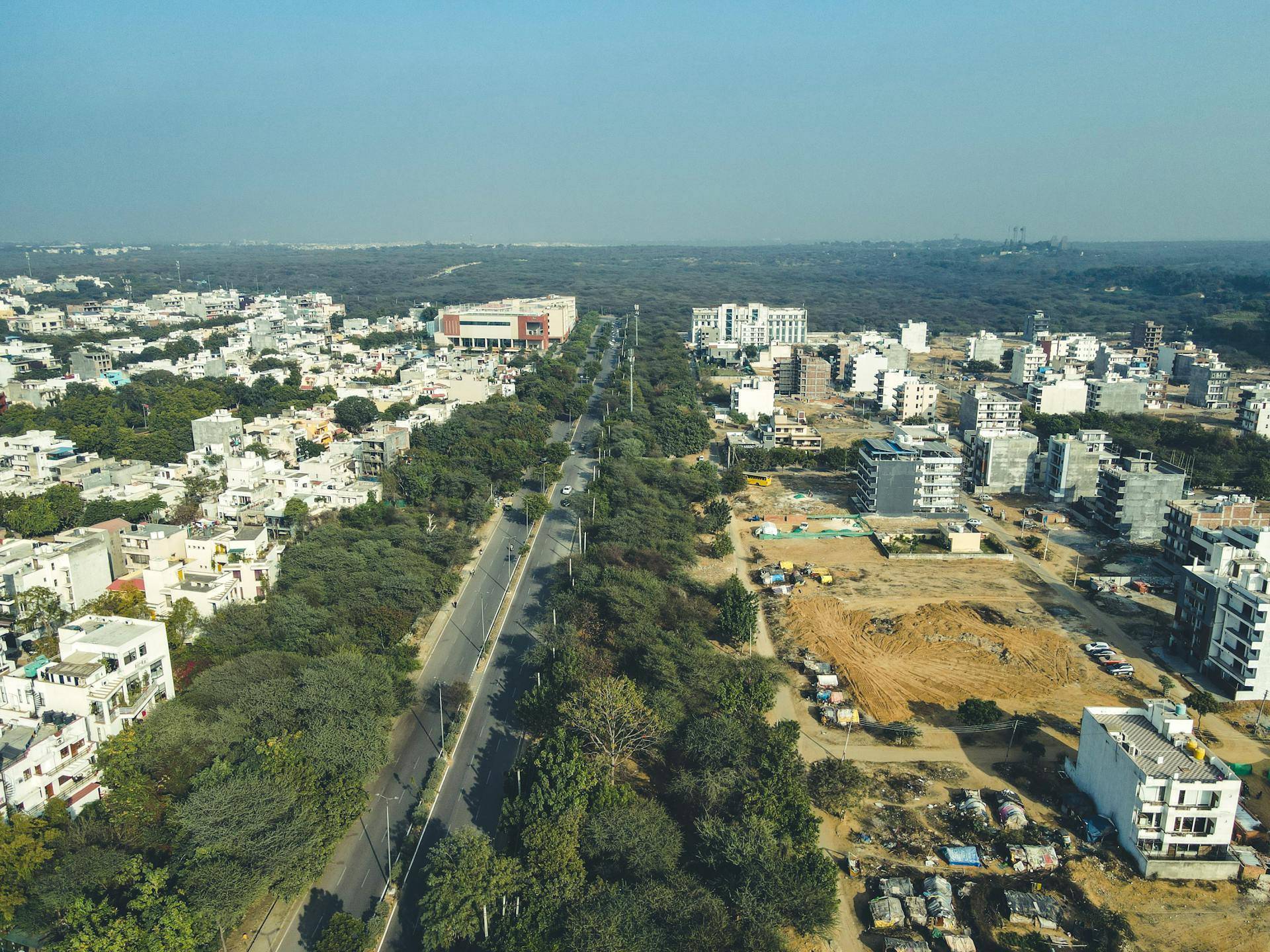
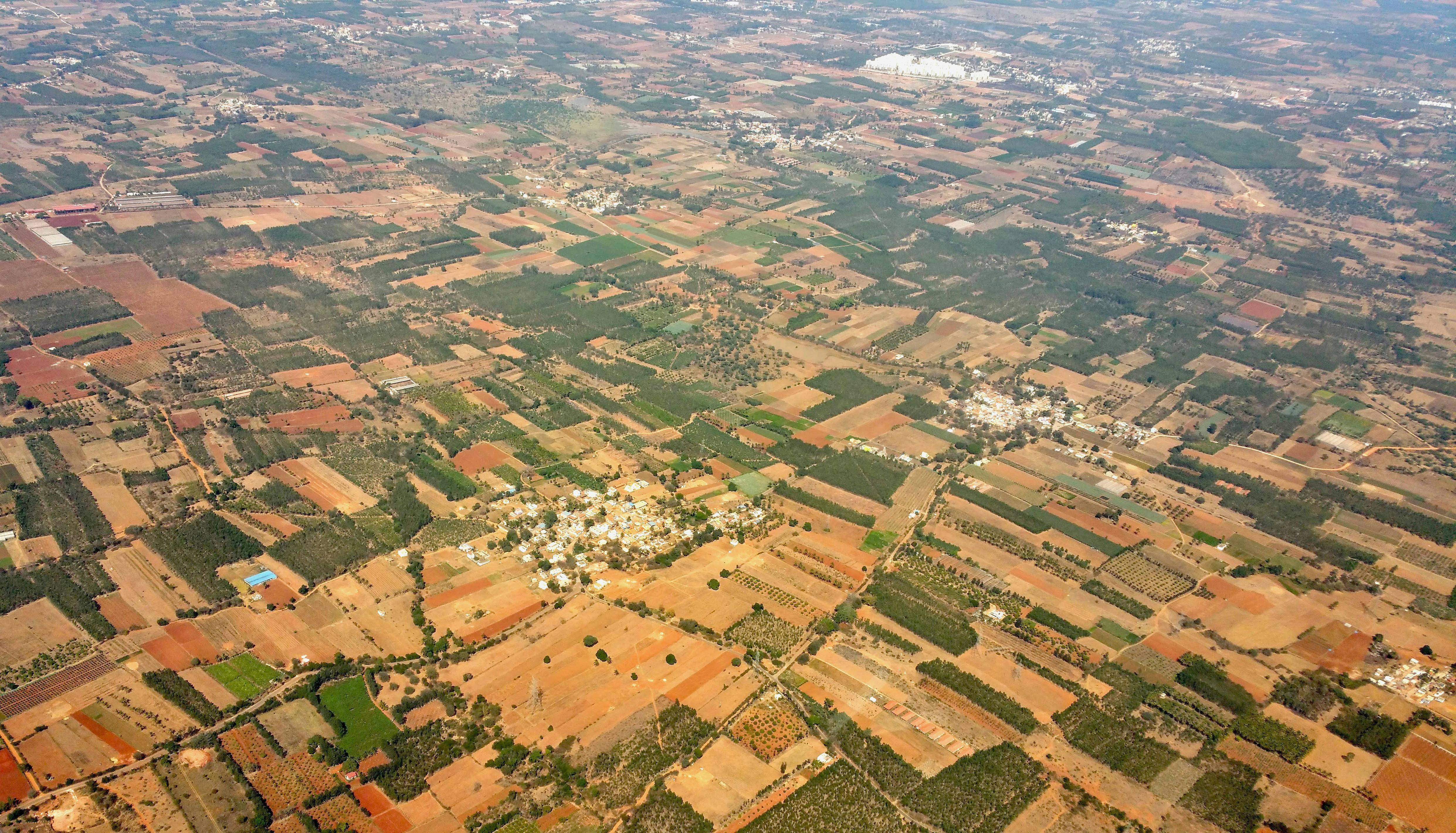

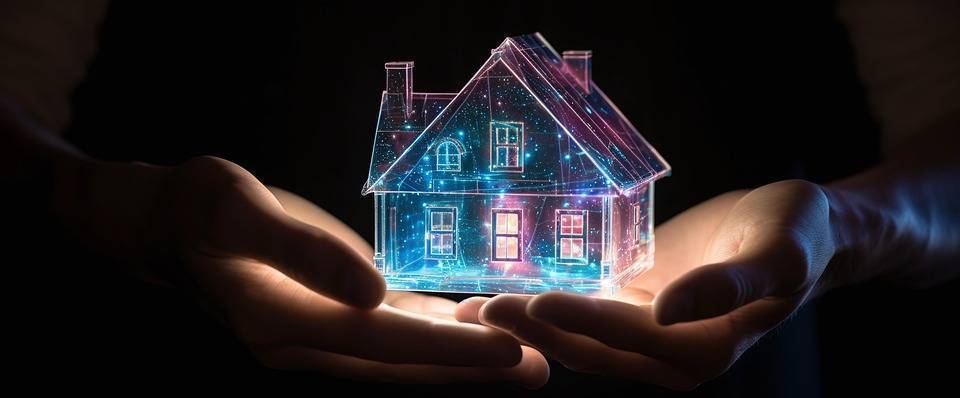
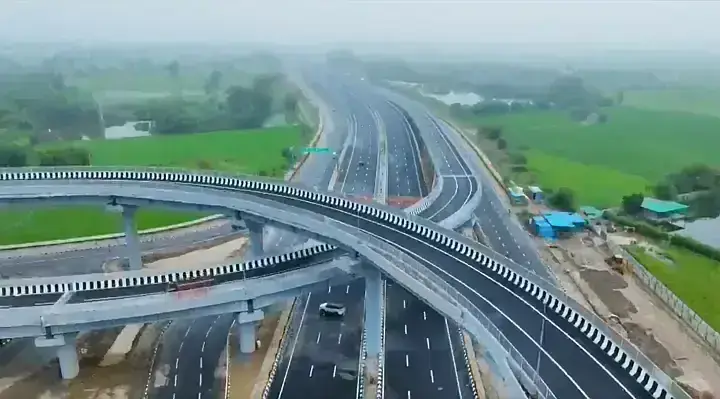
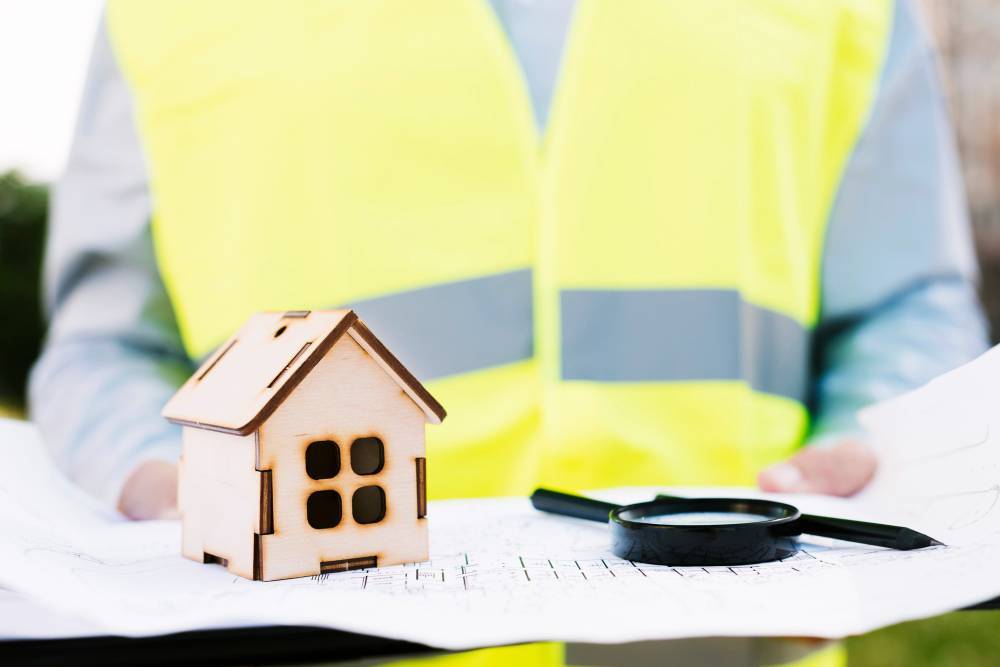
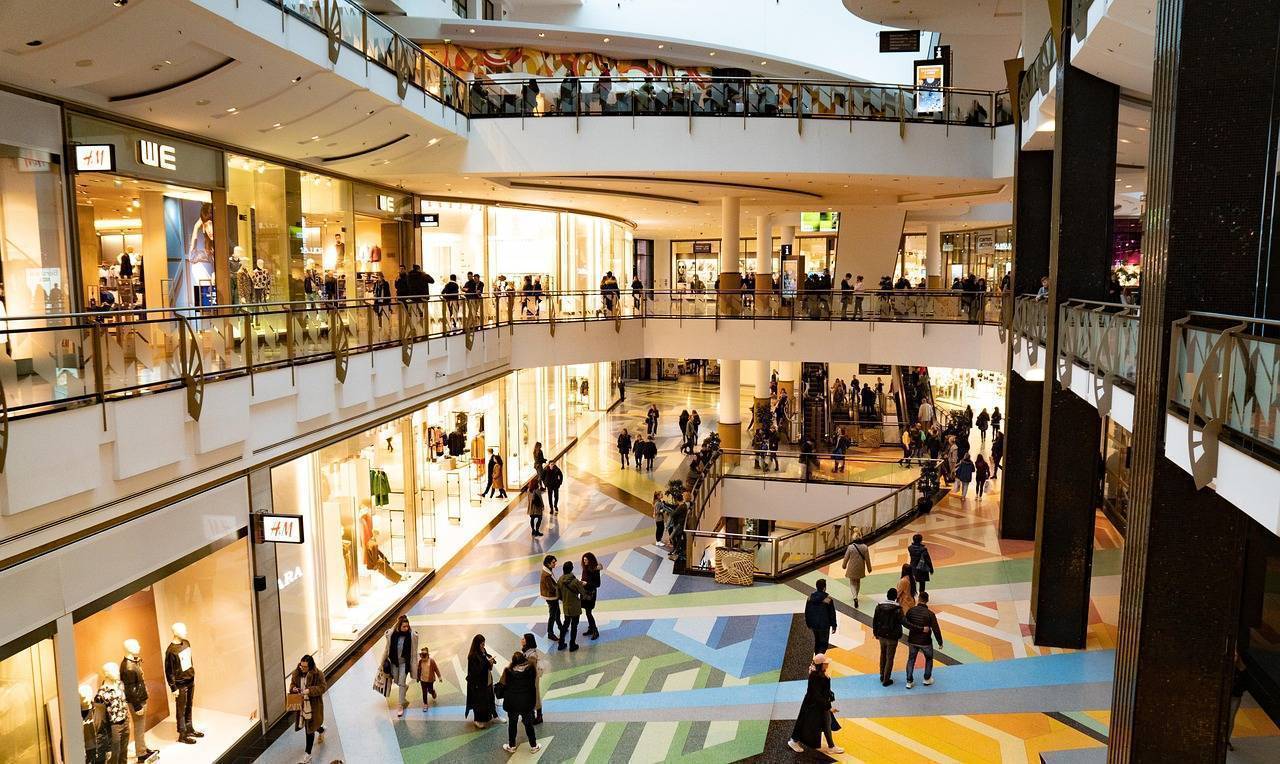
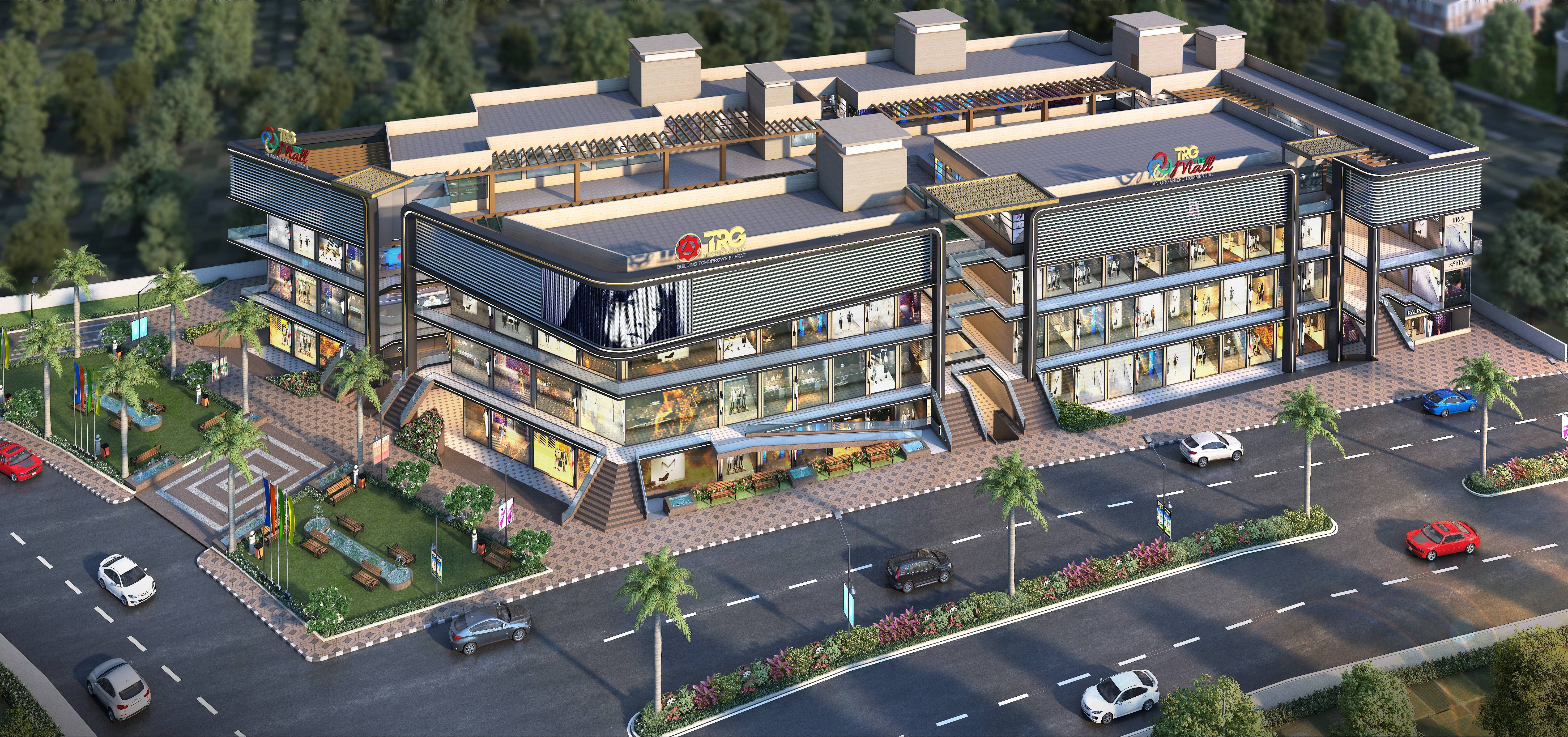
.png)